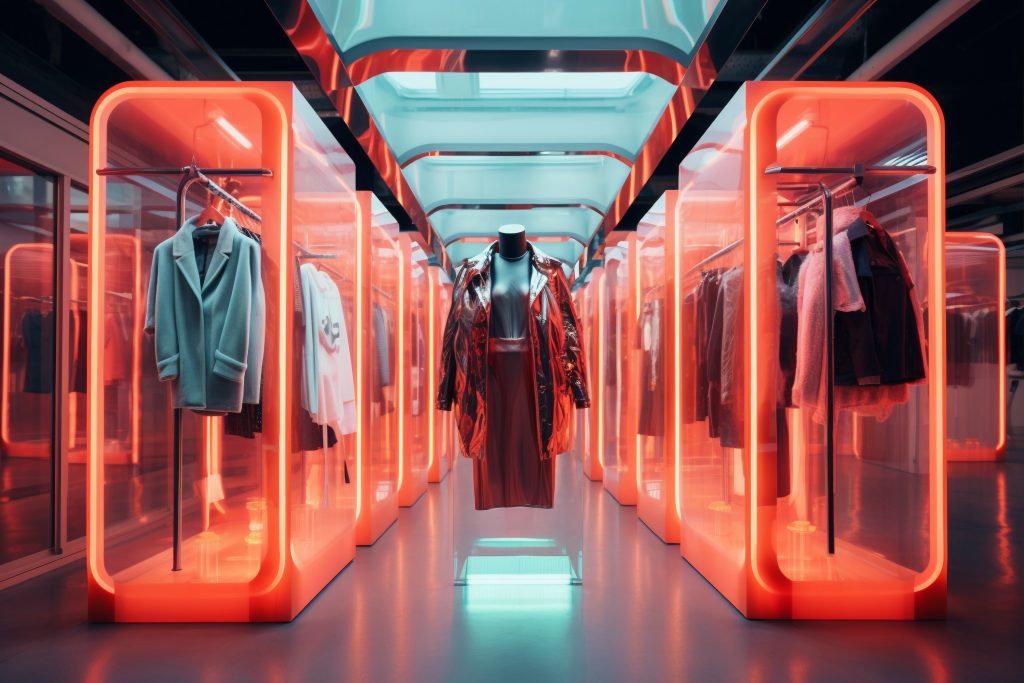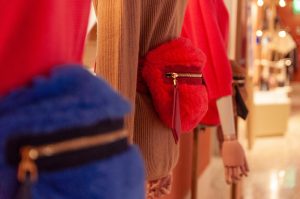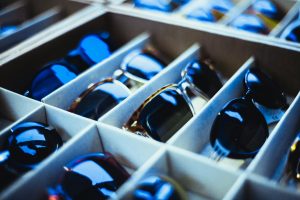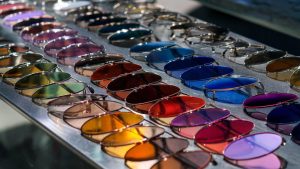The counterfeit market, ‘worth over $500 billion and makes up around 3.3 per cent of world trade’, per OECD, is evolving into ever-more sophisticated – where even the experts struggle to distinguish real from fake. How AI, coupled with advanced technologies, can safeguard their intellectual property, and reinstate the trust and confidence of their customers?
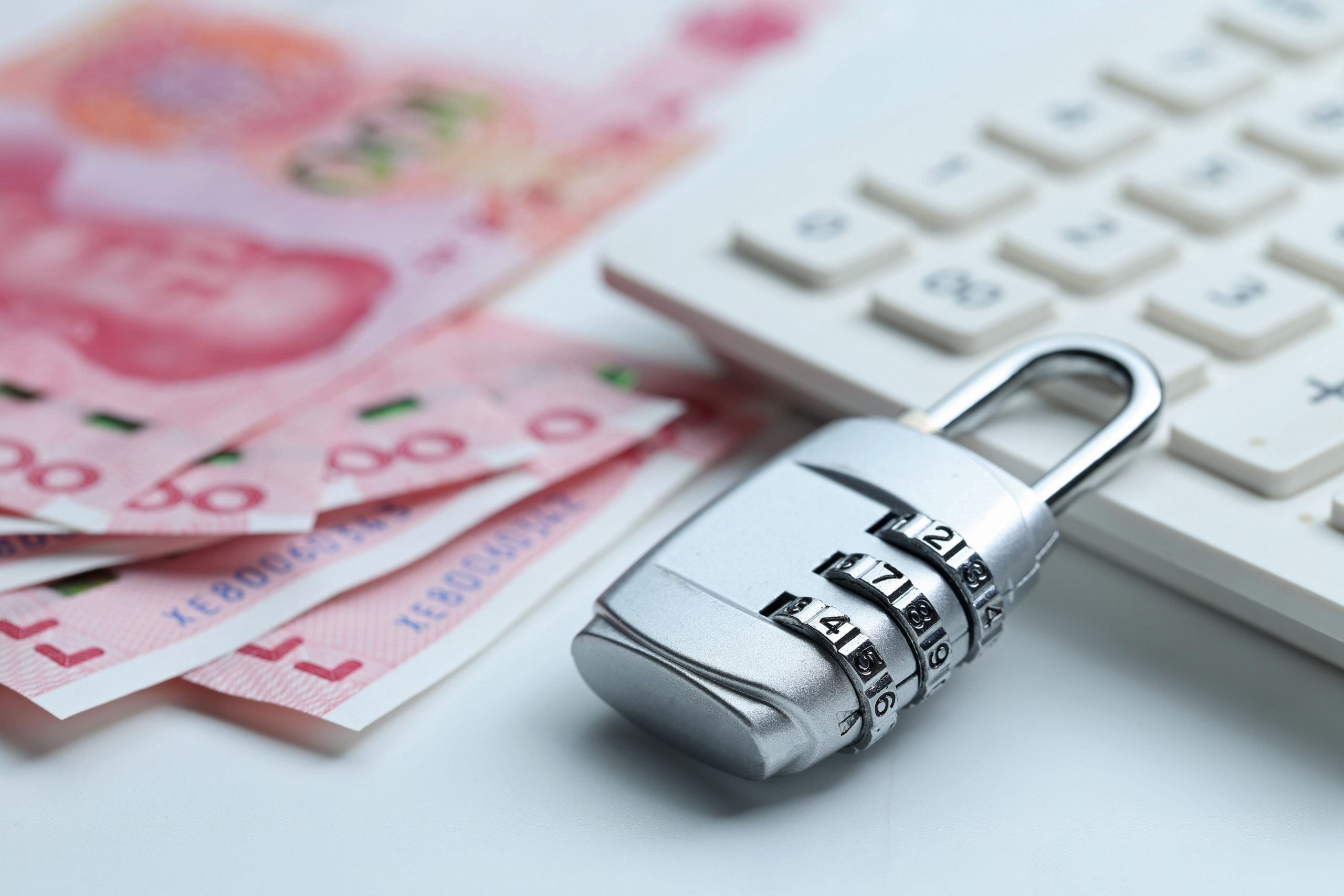
Fashion counterfeits have escalated into a global crisis, with apparel, footwear, watches, sneakers and leather goods accounting for 62% of all counterfeit items seized worldwide, per The Organisation for Economic Co-operation and Development (OECD). In 2024, the European Anti-Fraud Office seized over 1.8 million counterfeit apparel, accessories, and shoes, with a market value exceeding €180 million.
The most notable example of fashion counterfeits is the relentless copies of the Louis Vuitton monogram, forcing the luxury brand to step up its legal and technological efforts. In 2008 Louis Vuitton sued eBay for hosting listings of counterfeit Louis Vuitton products. A French court ordered eBay to pay LVMH 38.5 million euros though an appeal court reduced the sum to 5.7 million euros but affirmed that eBay had been in the wrong. LVMH and eBay Inc settled the case and implemented cooperative measures aimed at protecting intellectual property rights and fighting the online sale of counterfeits. “Thanks to our joint efforts, consumers will enjoy a safer digital environment globally,” the companies said in a joint statement.
However, traditional anti-counterfeiting measures like holograms, RFID tags, and tamper-evident packaging are increasingly inadequate in combating counterfeiters who now employ advanced technologies to replicate authentic products. The growth of e-commerce and social media has further complicated enforcement, as digital channels are challenging to monitor and regulate effectively. Consequently, fashion brands are turning to AI-driven authentication systems to enhance product traceability and bolster consumer confidence in the authenticity of fashion items.
AI’s ability to analyze patterns and detect anomalies in product details — such as stitching, materials, and packaging — plays a crucial role in combating fashion counterfeiting. By using machine learning algorithms, AI can meticulously examine product features to identify inconsistencies that are typical of counterfeits. Furthermore, AI’s integration with blockchain technology provides a secure, immutable ledger for tracking products throughout their lifecycle. This allows fashion brands to authenticate products, ensuring that consumers receive genuine goods, while also offering transparency and accountability in the supply chain.
Historical Cases of Fashion Brands Using AI To Combat Counterfeits
Burberry uses AI to identify counterfeit products. One of the machine learning pioneers in the industry, the British luxury brand uses Entrupy’s AI-empowered, image-recognition technology, which can assess if a product is real or fake; based on image recognition with estimated 98 percent accuracy, it examines a product photograph for minute details in the texture and weaving, to determine its authenticity.
Per WSJ, ‘The lens on Entrupy’s camera magnifies the fabric at least 100 times, making features in the material that are invisible to the eye become clear in the resulting images. Depending on the bag, the AI will check 500 to 1,500 features, such as colour, stitching and the pattern of pores in leather. A result pops up in the app in anywhere from 60 seconds to an hour, depending on the brand.’
AI methods involve machine learning algorithms, image recognition and blockchain to verify product authenticity. Gucci, for instance, has partnered with IBM and blockchain company Everledger to combat counterfeits. Gucci uses blockchain to create a digital certificate for each item, ensuring its authenticity from production to the point of sale. By integrating AI into this system, Gucci verifies the digital certificates by cross-referencing the product history and tracking its journey through the supply chain. This combination of AI and blockchain ensures that consumers can access accurate and reliable information about the authenticity of their purchase.
Swiss foundation Origyn was an early mover for authenticating luxury watches, partnering with WatchBox, a leading platform for the certified pre-owned market for luxury timepieces. Origyn uses a combination of human experts alongside a device that features AI and high-resolution cameras that photograph the watch at 360 degrees. It also mints a digital certificate containing the luxury watch’s biometric fingerprint, which is secured via blockchain.
LVMH-owned Patou is embedding Authentique, a new tool created by Ordre. During production, the fashion brand photographs a designated area of its bags to create a digital fingerprint. Using the Authentique app, a customer can later take a photograph of the same location on the bag and verify whether it’s genuine. After The World Customs Organization named Nike the most counterfeited brand in the world, Nike now uses AI-powered apps that allow consumers to scan QR codes or labels on products to confirm their authenticity.
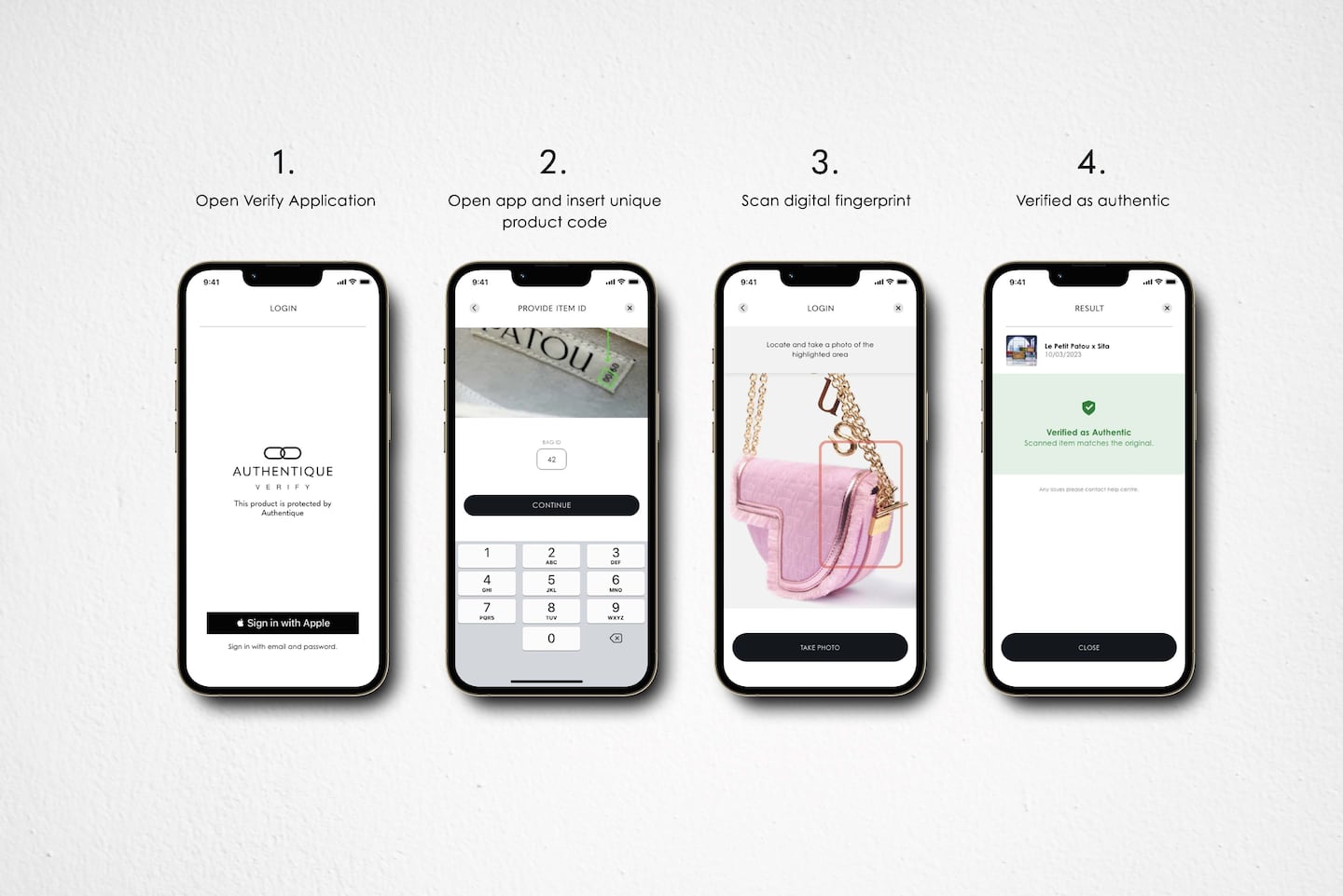
AI Predicts Counterfeit Risks Based On Data Analytics
By leveraging vast amounts of data, AI systems alert companies about emerging counterfeit trends and help them take preemptive measures to safeguard their products. The Luxury Closet, an online luxury resale platform, uses AI to assess the likelihood that a product may be fake by analysing historical data, customer feedback, and fraud patterns. This predictive capability allows the platform to prevent counterfeit goods from being listed.
According to the tagline of MarqVision, it ‘protects human creativity and innovation in a digital world’, an AI-powered software vendor founded out of Harvard Law School and MIT. The company helps global brands remove counterfeits by automatically detecting counterfeits on the 1,500+ online marketplaces in 115 different countries. ‘Our technology enables efficient removal of counterfeits by automating the traditional anti-counterfeiting process end-to-end. Starting with IP protection, we are on our way to build a category-defining product in the IP industry using the power of AI’, is their point of view.
AI can also be used to monitor social media platforms for counterfeit fashion. Platforms like Instagram and Facebook are common places for fake fashion items to be advertised. AI tools such as those developed by Alitheia, a tech company focused on digital forensics, can scan social media and e-commerce sites to identify counterfeit goods. Alitheia’s AI technology can detect patterns in the way counterfeits are marketed, flagging suspicious content.
As fraudsters and counterfeiters become more sophisticated, AI-powered fraud detection software will be used for a wider range of products because it is a near impossible task for humans given the thousands of hours of manpower required for such a task. Per WSJ, ‘Today, the process is expensive and time-consuming, not least because it involves collecting real and fake items. In the future, researchers could use AI techniques—such as generative adversarial networks, which create realistic images, or transfer learning, where a model trained to detect one item could train a new model to detect similar items.’ It appears to be a win: win for Fashion. After all, fashion brands can simply pay a certain fee to A-powered fraud detection vendors to protect them against a massive loss of sales.
AI-Powered Technologies in Fashion Counterfeit Detection
AI-powered technologies are effectively fighting fashion counterfeits. Image recognition software uses advanced machine learning algorithms to compare product images across platforms. By analysing visual data, these AI tools can identify subtle discrepancies in design, stitching, and logos that differentiate genuine products from counterfeits. For example, AI-driven Entopia employs machine learning to scan and compare product images on e-commerce sites, flagging potential fakes. This technology enhances the speed and accuracy of counterfeit detection.
AI tools also analyse product data to verify authenticity. Platforms like Provenance are leveraging AI in combination with blockchain technology to offer full traceability of fashion goods. By tracking every step of the product journey—from raw materials to the final point of sale—Provenance ensures that consumers can verify the authenticity of their purchase. This blockchain-backed traceability system powered by AI provides transparency and reduces the risk of counterfeits entering the market.
AI’s natural language processing capabilities are playing a crucial role in detecting counterfeits by scanning product listings, reviews, and social media for suspicious indicators. These algorithms can analyse the language used in product descriptions and user-generated content to flag inconsistencies or phrases associated with counterfeits. A prime example is TrueFit, an AI-powered platform that monitors retail websites for counterfeit listings. By processing product descriptions, reviews, and social media posts, TrueFit identifies patterns or anomalies that suggest counterfeit activity.
What Is The Future of AI In Fighting Fashion KnockOffs?
Counterfeiters may develop increasingly sophisticated techniques to replicate luxury items. To counteract this, AI is expected to play a critical role in creating counter-counterfeit solutions, utilizing machine learning algorithms that can detect minute inconsistencies in product details, such as stitching patterns, fabric quality, and serial numbers, that are difficult for counterfeiters to replicate.
AI-powered image recognition can verify the authenticity of items by analysing product photographs against a database of genuine products. Moreover, blockchain integration with AI will enable the creation of immutable digital certificates of authenticity, ensuring traceability from manufacturer to consumer. As counterfeit techniques evolve, AI’s ability to continuously learn and adapt to new tactics will become essential in safeguarding brand integrity.
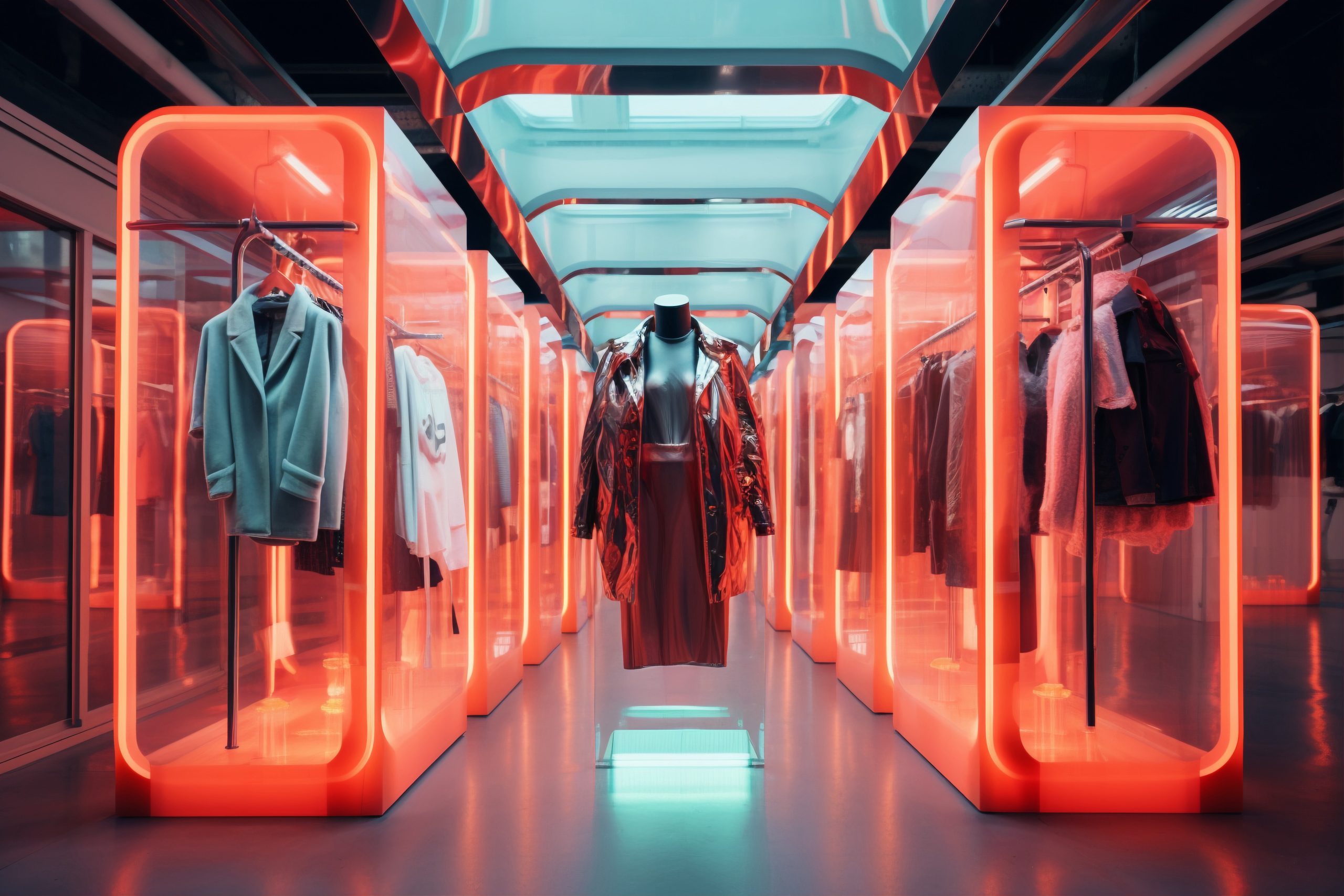

Jasmeen Dugal is Associate Editor at FashionABC, contributing her insights on fashion, technology, and sustainability. She brings with herself more than two decades of editorial experience, working for national newspapers and luxury magazines in India.
Jasmeen Dugal has worked with exchange4media as a senior writer contributing articles on the country’s advertising and marketing movements, and then with Condenast India as Net Editor where she helmed Vogue India’s official website in terms of design, layout and daily content. Besides this, she is also an entrepreneur running her own luxury portal, Explosivefashion, which highlights the latest in luxury fashion and hospitality.


